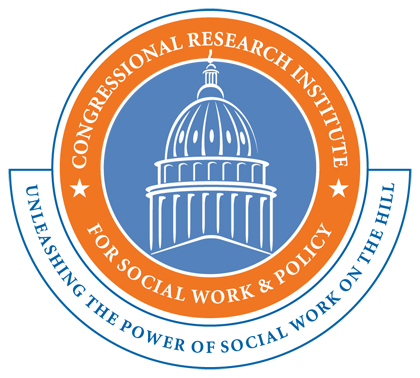I took the opportunity to see Iron Man 3 this week and unsurprisingly there wasn’t much there there, at least not for me. I like Robert Downey Jr. and I think he pairs well with Gwyneth Paltrow, so I expected the movie to be entertaining. Of course you don’t go to see sci-fi adventure movies for the plot. How many times can the pop-into-my-armor thing generate excitement? So as I was about to nod out on this movie, I sat up in my seat and watched intensely as Tony Stark appeared to be having a panic attack! This was a big deal for me. One, it was unexpected and two, it reminded me of my experiences with “anxiety attacks”, as Stark described his experience.
My first thought was how did a panic attack get into Iron Man 3? Obviously it was deliberately written into the script, but why? Had Robert Downey Jr. injected this into the movie to further humanize his Tony Stark’s character? Perhaps one of the screenwriters came
up with the idea. However, the panic attack made it into Iron Man 3, I was glad to see it get exposure in a blockbuster movie. Needless to say, the blogosphere has been lit up with postings on panic attacks.
What has this to do with policy? I think policy ideas emanate from society’s awareness and understanding of problems and possible solutions. The first step is awareness. I believe thousands of people who saw the movie, who at some time experienced a panic attack instantly, recognize what Stark’s character was dealing with. I knew because I began experiencing panic attacks back in the 90’s. This was before I had begun my studies in psychology and clinical counseling so I had no idea what was happening with me. I had the classic symptoms—racing pulse, exaggerated breathing, my heart was pounding. I thought I was having a heart attack and might die. It was frightening.
The scary part about panic attacks is you do not know when they are coming. I’ve had panic attacks while driving and had to pull to the side of the road, much like Tony Stark. I had a panic attack on a crowded New York City subway and people looked at me like I was losing my mind. I told my primary care physician about my panic attacks and she prescribed some medication, that worked to some degree, to alleviate the symptoms. It wasn’t until I studied clinical counseling that I realized I could control my attacks through cognitive self-awareness.
People who have panic attacks often feel like fools when they don’t die. So they tell no one about their experiences hoping that they will not reoccur. Since there are pills to treat panic attacks, I am sure people are taking these pills without getting satisfactory results. I believe psychotherapy offers better outcomes, but I doubt if it is used widely as a treatment.
We are becoming more aware as a society about the need to care for our mental health. We are learning that children are especially vulnerable and that children who live in very stressful environments often present with symptoms of post traumatic syndrome disorder (PTSD). The more we become aware of the importance of mental health, the more likely we are to have policies to ensure adequate resources for prevention and treatment are available.
While I eventually used an econometric model to explore the association between incarceration and labor market outcomes for my dissertation (my advisor had available data), I spent much of my early years at Columbia University exploring the relationship between public opinion and the formation of social welfare policy. It was my hypothesis then, and my belief now, that a critical mass of the public either supporting or opposing a policy could tip the balance. We saw glimpses of this during President Bush’s efforts to privatize Social Security. The public wasn’t buying it and the policy initiative failed.
The signature policy issue for CRISP is children’s mental health. The more mental health issues that are presented to the public, the more aware we will be as a society about the getting the right policies in place. Kudos to Iron Man 3.
Written by Dr. Charles E. Lewis Jr.
President of The Congressional Research Institute for Social Work and Policy
Twitter: @CharlesELewisJr.
Email: celewisjr@gmail.com
Dr. Charles E. Lewis, Jr. is President of The Congressional Research Institute for Social Work and Policy. He has served as deputy chief of staff and communications director for former Congressman Edolphus “Ed” Towns and was the staff coordinator for the Congressional Social Work Caucus. He was a full-time faculty member at Howard University School of Social Work prior to joining Rep. Towns’ staff and now is an adjunct associate professor. As staff coordinator for the Social Work Caucus, Dr. Lewis helped to plan and to coordinate numerous briefings and events on the Hill and in the 10th Congressional District in Brooklyn, New York.
Originally Posted at http://crispinc.org/?p=661
Sources:
Our authors want to hear from you! Click to leave a comment
Related Posts






